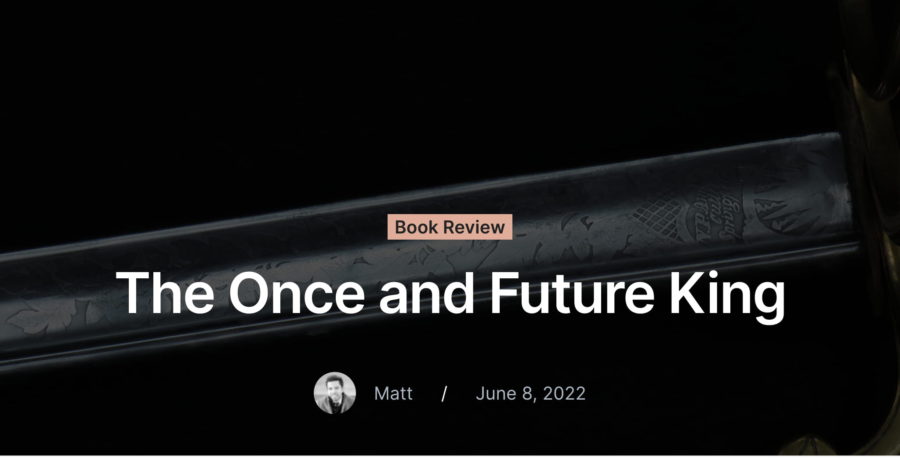As Web 3.0 continues to be pushed by more people with little knowledge about the technologies, I’m excited to report roses growing in a bed of weeds.
Notion, WordPress, Google (Workspace), Bytedance (Lark), Slack (as productivity tools live in-line) are finally building toward open standards of creation, which – unlike a technology designed to isolate you as we enter an era where everyone wants to be outside – will be the real building block (pun intended) of the next decade.
What are blocks? Blocks are essentially a modern building component of the internet that (will soon) share a standard.
Blocks
Let’s use a paragraph as an example in Google Docs and Word. When we see a paragraph, we see many words making up a contained space on a page. But when we see paragraphs as blocks, we see a contained space with many words in it.
In Google Docs, you can add padding and background color to a paragraph. In Word, you can only add a background color. Cutting and pasting from one to the other breaks the experience. A different set of standards means more design work is needed, and more time is wasted.
But what if we we could paste a table from Notion into a table in Google Docs into a WordPress table?
With block standardization, not only would you be able to move the paragraph “block” from one provider to another, but the design and functionality as well. The competitive advantage for a company becomes building additional functionality within the product, and upselling for its use.
The next era of the internet has potential to beat 1996 – 2004, its previous golden age. (And it has nothing to do with the Metaverse.)
Over the next few months, I’ll be designing block patterns in WordPress core for anyone to use. This is my first one.
I’m most impressed because I’m a strategist, not a creative. While impressive, centralized Creator Tools like TikTok are ushering in a way to blur the two, a truly open-source creator canvas is being built to move us away from the consolidation that broke the most important sharing mechanism we have.
- I didn’t code.
- I didn’t spend a moment in Photoshop/Canva.
- I didn’t use additional WordPress plugins.
- I didn’t need to know HTML to resize the columns.
- I spent ZERO minutes resizing the columns for desktop, tablet, and mobile.
And the wildest part about what the next two years have in store for us? I’d rate it no higher than a 7 out of 10 of user experience. So we need to remember that it’s early days. The Block Protocol should hopefully unify WordPress, Notion, Microsoft 365, and Google Workspace a bit more, and reach the holy grail of what Web 2.0 attempted to do — democratize creation and export of data to other platforms.
